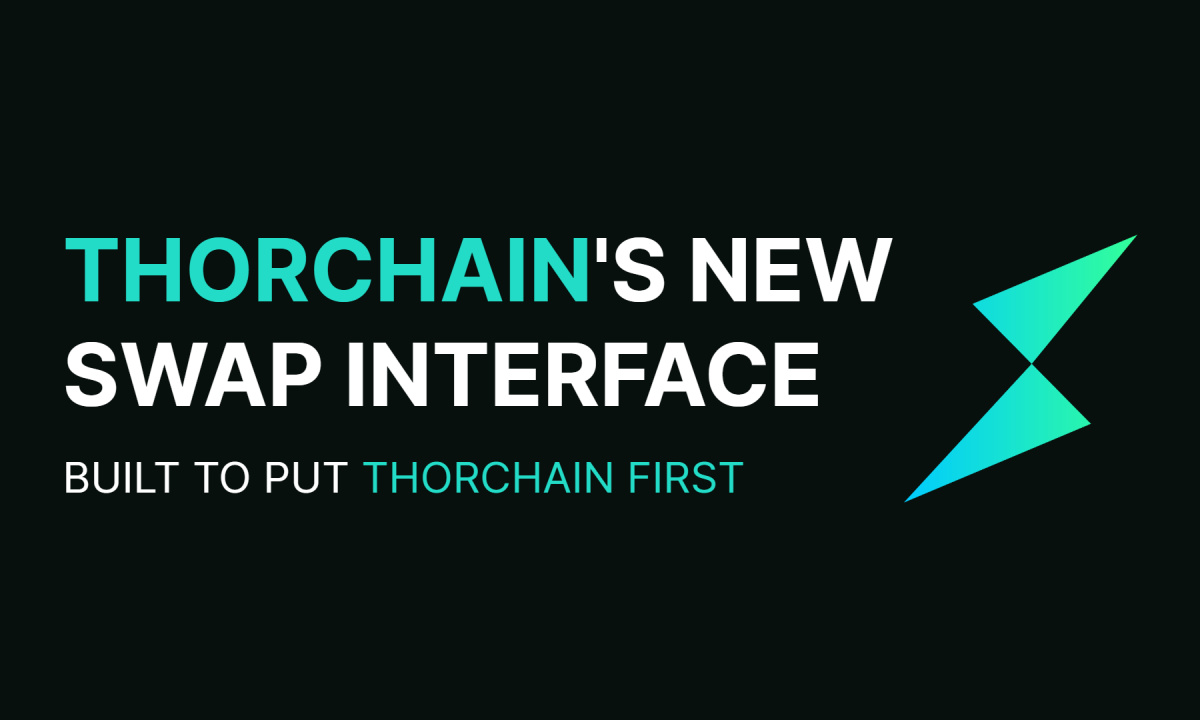Currency is a means of exchange that determines value based on the geographical location of the governing authorities responsible for its maintenance. It refers to money in any form that is currently in circulation or used as a medium of exchange, such as banknotes and coins. Currency can also encompass the monetary system commonly used within a nation.
Currency plays a vital role in facilitating economic transactions and trade. It allows individuals and businesses to acquire goods and services by exchanging one form of currency for another. The value of currency is typically influenced by factors such as supply and demand, economic stability, inflation rates, and government policies.
When it comes to the concept of currency, there are different types that exist. Two prominent categories are cryptocurrencies and fiat currencies.
What are cryptocurrencies?
Cryptocurrencies are digital or virtual currencies that utilize cryptography for security. This ensures that they are highly resistant to counterfeiting and double-spending. Many cryptocurrencies are built on decentralized blockchain technology, which serves as a distributed ledger enforced by a global network of computers.
One of the most well-known examples of a cryptocurrency is Bitcoin. It was created by an anonymous person or group of people using the pseudonym Satoshi Nakamoto. Bitcoin introduced the world to the concept of decentralized digital currency, where transactions are verified by network participants through a process called mining.
Blockchain technology, the backbone of many cryptocurrencies, is a decentralized and transparent system that enables secure and immutable transactions. In a blockchain, transactions are grouped into blocks and then linked together in a chronological chain. This creates a permanent and tamper-proof record of all transactions, ensuring transparency and eliminating the need for intermediaries like banks.
Other popular cryptocurrencies include Ethereum, Ripple, Litecoin, and many more. Each cryptocurrency has its unique features and use cases, catering to different needs within the digital economy.
What are Fiat Currencies?
Fiat currencies, also known as fiat money, are government-issued currencies that are not backed by a commodity such as gold or silver. The value of fiat currencies is derived from the trust and confidence placed in the government that issues them. Central banks have greater control over the economy with fiat money as they can determine the amount of currency to be printed.
Examples of fiat currencies include the US Dollar (USD), Euro (EUR), British Pound (GBP), Japanese Yen (JPY), Australian Dollar (AUD), and many others. These currencies are widely accepted as a medium of exchange for goods, services, and debts.
Fiat currencies are often subject to fluctuations in value due to various factors, including interest rates, inflation, geopolitical events, and economic indicators. Governments and central banks work to manage their fiat currencies and maintain price stability through monetary policy and interventions in the financial markets.
In recent years, the rise of cryptocurrencies has sparked discussions about the future of fiat currencies. Some argue that cryptocurrencies may disrupt traditional financial systems and potentially replace fiat currencies as the dominant medium of exchange. However, widespread adoption and regulatory challenges pose hurdles to this scenario becoming a reality in the near term.
What is the conclusion?
Currency serves as a fundamental component of our global economy. It enables the exchange of goods and services, facilitates trade, and provides a unit of account for measuring value. Whether it’s digital cryptocurrencies or government-issued fiat currencies, they both play essential roles in our daily lives.
As a newbie to blockchain technology, it’s important to understand the different types of currencies, especially cryptocurrencies. Cryptocurrencies leverage blockchain’s decentralized and transparent nature, offering potential benefits such as security, efficiency, and financial inclusivity.
However, it’s also crucial to recognize the challenges and risks associated with cryptocurrencies, including volatility, regulatory uncertainty, and potential security vulnerabilities. Learning about blockchain technology and its potential applications can provide valuable insights into this rapidly evolving field.
Overall, currency, in all its forms, shapes the way we conduct transactions and manage our financial systems. By staying informed and exploring the world of digital currencies, you can navigate the future of finance and potentially unlock new opportunities.














